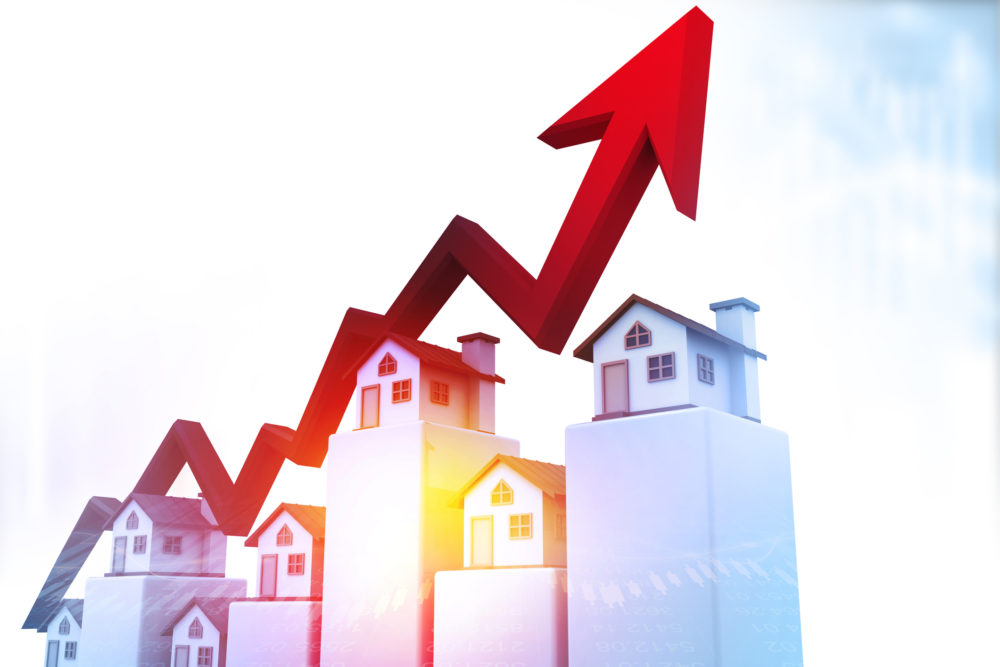The Biggest Hurdles Causing Closing Delays – According to the latest REALTORS® Confidence Index survey, financing and appraisals are the culprits causing the most delays in home sales or terminated contracts. With little supply on the market, homes are continuing to sell quickly, typically within 21 days and are garnering an average of nearly four competing offers, according to the report. Home prices have been rising by double-digit percentages over the past year, which could help explain some of the appraisal issues that are emerging. The REALTORS® Confidence Index survey, conducted by the National Association of REALTORS®, is based on responses from more than 4,000 real estate professionals nationwide about their recent real estate transactions. The latest report reflects responses about January transactions. Sixty-five percent of sale contracts were settled on time, but 29% faced a delay, the survey shows. Only 6% were terminated prior to settlement. The top issues that prompted a delay in settlement in January were:
- Issues related to obtaining financing: 22%
- Appraisal issues: 20%
- Home inspection/environmental issues: 11%
- Deed issues: 11%
- Contingencies stated in the contract: 6%
Source and link to the full article: “REALTORS® Confidence Index Survey: January 2021,” National Association of REALTORS®
Homeowners Are Now Eligible for Up to 18 Months of Forbearance – Based on the Federal Housing Finance Agency’s recent announcement, homeowners struggling financially during the COVID-19 pandemic have received another extension for their mortgage payments. The FHFA is providing an additional three months of forbearance to borrowers with loans backed by Fannie Mae and Freddie Mac, bringing forbearance up to 18 months total. To qualify, borrowers must be enrolled in a COVID-19 forbearance plan as of February 28th. The FHFA also announced a moratorium on foreclosures and real estate evictions for single-family mortgages backed by Fannie Mae and Freddie Mac through June 30th. The moratorium was previously set to expire on March 31st. “Borrowers and the housing finance market alike can benefit during the pandemic from the consistent treatment of mortgages regardless of who owns or backs them,” says FHFA Director Mark Calabria. “From the start of the pandemic, FHFA has worked to keep families safe and in their home, while ensuring the mortgage market functions as efficiently as possible. The extensions of the COVID-19 forbearance period to 18 months and foreclosure and eviction moratoriums through the end of June will help align mortgage policies across the federal government.”
Source and link to the full article: Federal Housing Finance Agency
New-Home Sales Jump 19% Annually – According to the U.S. Department of Housing and Urban Development and U.S. Census Bureau report, sales of newly built single-family homes in January moved 19% higher than a year ago, as home buyers sought more options under a lean number of existing homes for sale. Newly built single-family home sales increased 4.3% last month over December 2020, reaching a seasonally adjusted annual rate of 923,000. “Historically low mortgage rates and solid demand spurred an increase in new home sales in January,” says Chuck Fowke, chairman of the National Association of Home Builders. “However, rising affordability issues are looming this year, particularly increasing building material costs, including lumber, which is adding $24,000 to the price of a typical newly built home. Builders also cite rising regulatory issues as a potential concern.”
Source and link to the full article: National Association of Home Builders

Why New-Home Prices Are Now at Least $24K Higher Than Last Year – Based on the National Association of Home Builders recent report, lumber prices have recently hit record highs, pressing on builders’ budgets and increasing the cost to build a new home and to create accessories such as decks and fences. Buyers and remodelers are feeling the price increases. The average price of a new single-family home has increased $24,386 since April 17, 2020. The increase is due to a more than 180% jump in lumber prices since last spring. The multifamily sector is feeling the increase in costs too. The average new multifamily home has risen by $8,998 since last April, the NAHB reports. Builders are passing along some of the added lumber costs to buyers, but they’re finding they can chip away at affordability so much in raising their prices too quickly. The higher costs are also impacting their profitability and margins. The NAHB calculated the average costs based on standard estimates of softwood lumber used to build the average home. The costs include structural framing, flooring, ceiling finishing, cabinets, doors, windows, roofing, siding, and exterior features like garages, porches, decks, railings, fences, and landscape walls. The lumber prices come at a time when the new-home market is seeing escalating demand as buyers are in search of greater housing inventory. In January, the pace of building permits, a gauge of future construction, was at the highest rate since 2006, the Commerce Department reported last week. Broken out, single-family new-home permits in January were 28% higher than a year ago.
Source and link to the full articles: “Record-High Lumber Prices Add $24K to the Price of a New Home,” National Association of Home Builders’ Eye on Housing blog (Feb. 22, 2021) and “Thinking of a New Wooden Deck for Spring? It May Bust Your Budget,” CNBC (Feb. 10, 2021)

